It’s the first time since 2015 that ‘peace talks’ are in news. In July 2015, Afghan officials and Taliban representatives held peace parleys in the Pakistani mountainous resort Murree, which unfortunately failed to make headway because of change of leadership in the Afghan Taliban and a series of deadly attacks in Kabul, which killed more than 50 people. The attempts to revive suspended talks failed. The attacks continued and the relations between Afghanistan and Pakistan worsened.
Almost 17-years after the invasion of Afghanistan by the US-led Western powers, the war continues to consume innocent Afghan lives. The US-led alliance has failed to end the misery of Afghans and their horrendous war crimes have only emboldened insurgent groups to step up their activities. The people of Afghanistan, quite sadly, are trapped between the devil and deep sea.
Last month, the Taliban claimed responsibility for a dastardly attack carried out with an ambulance in Kabul, which killed more than 100 people. It was followed by a deadly siege of iconic Intercontinental Hotel, which left at least 20 people dead. And last year alone, according to chilling figures provided by the UN, the relentless insurgent attacks resulted in over 10,000 civilian casualties – 3,438 people killed and 7,015 injured. These are not cold numbers but precious human lives lost in America’s longest war – also the biggest disaster.
The Afghan government, formed in September 2014 through a US-brokered deal, has been pushed on backfoot with deteriorating security situation, endemic corruption and political instability. The Taliban’s resurgence in last few years has coincided with America’s growing presence in the country, which many regional observers believe is a recipe for disaster. Under Trump, America has upped the ante in Afghanistan, much to the chagrin of peaceniks.
In August 2017, the maverick US president unveiled a new Afghanistan strategy, which called for an increase in troop level to 14,000, mainly to assist Afghan forces. Notwithstanding that, a Pentagon study last month revealed that the Afghan government controlled only 18 percent of the country’s districts. These grim figures succinctly tell the sad story of American military intervention in Afghanistan.
The Taliban, which have twice offered to talk to the US in recent weeks, has not responded favorably to Ghani’s offer. The insurgent group considers Ghani’s administration as ‘foreign-imposed puppet regime’. Ghani not only proposed ‘unconditional talks’, but also offered a ceasefire and release of incarcerated Taliban insurgents. “We are making this offer without preconditions in order to lead to a peace agreement,” he stressed. He also called for reconciliation with Pakistan, which Kabul has blamed of providing sanctuary and safe haven to Afghan Taliban. Pakistan’s Foreign Minister Khawaja Asif responded by saying that Pakistan was ready to facilitate peace talks between Kabul and the Taliban.
Will the latest peace overtures end the stalemate and bring peace to the war-torn country? Going by the history and ground reality, it seems highly unlikely. The fact that the Taliban have offered to talk directly to American officials about “a peaceful solution to the Afghan quandary” makes the whole affair shady. In “a letter to the American people,” dispatched on Feb. 14, the Taliban spokesman said they would prefer to solve the conflict through a peaceful dialogue, but with Washington, not Kabul. What results would these ‘talks’ possibly yield when the Taliban considers American presence in Afghanistan as the primary cause of conflict? Or is the script of these ‘talks’ written in Washington?
Peace talks will yield desirable results only when the process is owned and run by Afghans – the prime stakeholders. Any solution to the Afghan crisis has to take into consideration wishes and aspirations of the people of Afghanistan. And the war-weary Afghans have repeatedly shown their disdain for the US occupation and the Taliban terrorism. They want peace with dignity and that is virtually impossible in the ominous presence of either the US forces or the Taliban. To begin with, American forces must pull out, Taliban fighters should lay down arms and the peace-loving, progressive Afghans should come forward and take charge. That is the only roadmap for peace in Afghanistan and the region.
MNA/ TT


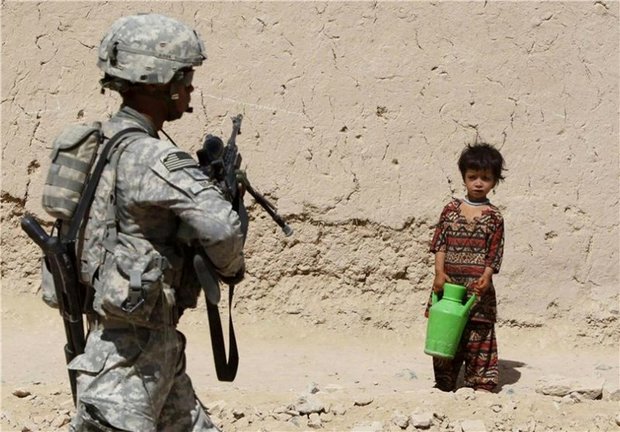




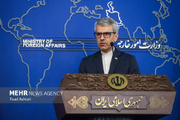

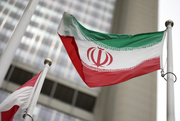



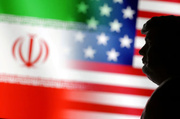










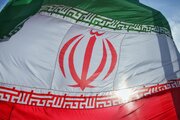
Your Comment